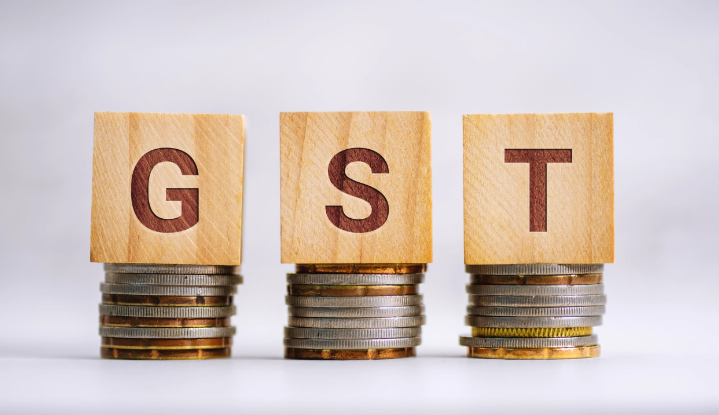
Stage Set for More Reforms, Growth by bumper GST collection
- June 12, 2024
- 0
GST collections for 2023-24 underpin the economic momentum and create the groundwork for streamlining a vital piece of fiscal reform. GST is a work in progress with scope for rate rationalisation and extension of coverage.
Progress on either front will yield non-linear growth in indirect tax collection. It will also feed into GDP growth through increased productivity. Principally, the revenue growth has been broad-based across producing and consuming states, which should help dilute resistance to further reforms.
Parallel, improvements in tax administration continue to shore up collections. Tribunals are on course to unclog the judicial system of mounting tax litigation.
An efficient GST within a decade of its introduction is no mean achievement for any country. Stable and rising GST collection lays to rest any residual misgivings about its hasty imposition.
India has overcome its teething troubles with GST, and that should aid the process of bringing down the blended tax rate to the level initially proposed but not achieved. At the very least, it should arrest the trend of the effective rate diverging further.
States have, by and large, put the issue of compensation behind them because of revenue lost due to the switch to the new tax. They should now be more receptive to the idea of collapsing multiple rates with a positive outcome on revenue.
On its part, the Centre will have to restrain its tendency to impose cesses. States may also be more inclined to ease their grip on taxing fuel. Bringing fuel into the GST’s ambit is necessary to lower the tax incidence and introduce an explicit carbon tax. Jet fuel could be part of the early harvest.
👇 Please Note 👇
Thank you for reading our article!
If you don’t received industries updates, News & our daily articles
please Whatsapp your Wapp No. or V Card on 8278298592, your number will be added in our broadcasting list.


































































